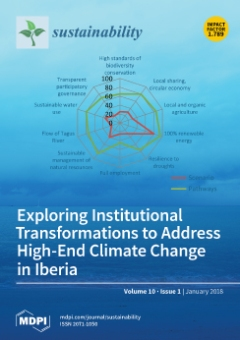1
International Atomic Energy Agency, VIC, P.O. Box 100, 1400 Vienna, Austria
2
United Nations Economic Commission for Europe, Geneva 1200, Switzerland
3
National Atomic Energy Commission (CNEA), Av. del Libertador 8250, C1429BNP CABA, Argentina
4
Institute of Nuclear and New Energy Technology (INET), Tsinghua University, Beijing 100084, China
5
Nuclear Materials Authority, El-Maadi-Kattamiya Road, P.O. Box 530, Cairo 11311, Egypt
6
BriVa Tech Consulting, Andreas Sapper Str. 15, 91334 Hemhofen, Germany
7
Institute for Reactor Safety and Reactor Technology, RWTH Aachen University, Kackertstr. 9, 52072 Aachen, Germany
8
Bhabha Atomic Research Centre, AMD Complex, Begumpet, Hyderabad 500016, India
9
National Nuclear Energy Agency (BATAN), Jalan Lebak Bulus Raya No. 9, Jakarta 12440, Indonesia
10
Radiation Protection Department, P.O. Box, Sharq Al-Qadeseyah 16087, Kuwait
11
Malaysian Nuclear Agency, Bangi, Kajang 43000, Malaysia
12
Centre National de l’Énergie, des Sciences et des Technique Nucléaires, B.P. 1382, Route Principale, 10001 Rabat, Morocco
13
Pakistan Atomic Energy Commission, P.O. Box 734, Peshawar 25000, Pakistan
14
Philippine Nuclear Research Institute, P.O. Box 213, 1101 Quezon City, Philippines
15
Institute of Nuclear Chemistry and Technology, Dorodna 16, Warsaw 00-019, Poland
16
Groupe Chimique Tunisien, Direction de Recherches, Gabes 6000, Tunisia
17
Tanzania Atomic Energy Commission, P.O. Box 743, Arusha 0206, Tanzania
18
Universidad Simon Bolivar, P.O. Box 89000, 1080A Caracas, Venezuela
add
Show full affiliation list
remove
Hide full affiliation list





